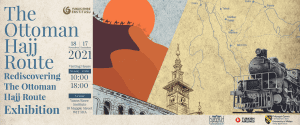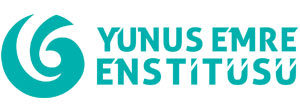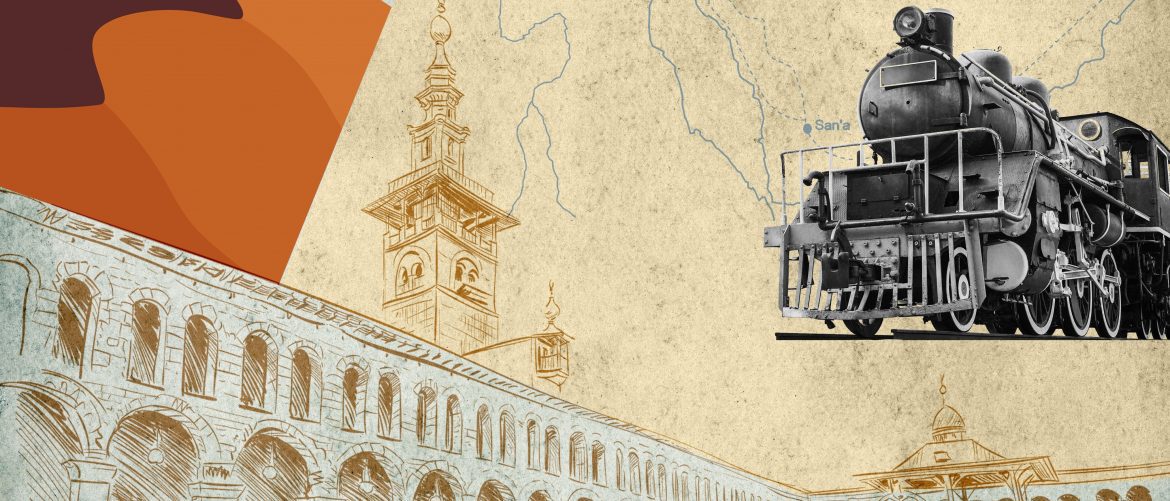Yunus Emre Institute in London is excited to launch of its latest exhibition and accompanying lecture series, The Sacred Journey: Rediscovering the Ottoman Hajj Route Exhibition.

Featuring live music and fascinating talks, Yunus Emre Institute in London held the launch of its exhibition focused on the Ottoman Hajj route on Thursday 18th November 2021. The Sacred Journey: Rediscovering the Ottoman Hajj Route Exhibition, will be available to visit between 18th November to 17th December 2021 at Yunus Emre Enstitüsü – London in Bloomsbury. Accompanying this exhibition will be a 4-part lecture series taking place both online and offline, exploring different aspects of the pilgrimage.
The Hajj is one of the five pillars of Islam central to Muslim belief and is a deeply personal journey. It is a pilgrimage to Mecca that every Muslim must make at least once in their lifetime if they are able. Taking place for centuries, this monumental journey has left physical and spiritual traces across the world and continues to be experienced by people from all corners of the globe today. While remaining a story of unchanging devotion and sacred duty, this historic journey is also one of transformation. Spanning regions, rulers, and time, this pilgrimage evolved from an arduous journey that took months to a quicker and more comfortable journey with the development of modern means of travel.
While no sultan undertook the journey, the Ottoman dynasty understood and celebrated the Hajj’s importance over its six-century rule. Once the Empire gained control over Damascus, Egypt and Hijaz during the early part of the 16th century under Sultan Selim I, the pilgrimage was faced with a new opportunity for change. The new Hajj route started from the Balkans via Istanbul, Anatolia through Damascus, and Jerusalem. With Ottoman oversight, the route saw the development of vibrant public buildings, forts, mosques, water cisterns and Caravanserais which all fed into the dramatic social, cultural and economic change in the regions surrounding it.
Curated by Professor Andrew Petersen, the Director of Research in Islamic Archaeology at the University of Wales Trinity Saint David, the exhibition charts this spiritual journey through history and recreates the life of the Ottoman Hajj through pictures, documents, maps and artefacts collected by Professor Petersen and his colleagues over years of archaeological work!
The launch of the exhibition on 18th November included a fascinating introduction to the exhibition by Professor Petersen, covering the exhibition and his own finding during his work excavating along the Ottoman Hajj route. He talked through his inspirations for the exhibit, the importance of its theme and the decades he spent working on research and archaeological digs to uncover the Ottoman Hajj’s history. The evening further featured a speech by both the director of Yunus Emre Institute in London, Dr Mehmet Karakuş who touched on the history of the Ottoman Hajj route and its important contributions which can be traced across centuries and regions. The final talk of the evening was given by Consul General of Turkey, Mr Utku Atahan who shared his positive thoughts on the exhibition while stressing the importance of exhibitions such as this. The evening ended with a brilliant classical Ottoman musical performance by a 4-piece ensemble led by Oudist Baha Yetkin and featuring violinist Mehmet Yaren, percussionist Muammer Sağlam, and Konstantinos Glynos playing the kanun. Attending guests were able to explore the exhibition with the beautiful music weaving its way through, adding to the atmosphere.
This exhibition is supported by University of Wales Trinity St David, London Central Mosque and Turkish Airlines.
The lecture series that will take place over the course of the exhibition will cover fascinating topics, including:
- “Playing at the Sacred/Secular Boundary: The Hajj Mahmals of Cairo” with Professor Richard McGregor taking place online, Thursday 25th November 2021, 7 pm.
- “The Iron Camel and Its Tracks: The Hejaz Railway and its legacy” with Dr Mehmet Tütüncü taking place online, Thursday 2nd December, 7 pm.
- “Mecca in Bosnia: How Ottoman Bosnians imagined the Hajj’” with Dr Dženita Karić taking place online, Thursday 9th December, 7 pm.
- “The ‘Pilgrims’ Companion’: a late-sixteenth century guide to the hajj” with Yahya Nurgat taking place in-person, Thursday 16th December, 7 pm.
The exhibition is free to visit throughout over the 4 weeks it will be taking place during Yunus Emre Institute in London’s opening hours, between 10am and 6pm. The talks must be booked separately on the Institute’s Eventbrite.
Please visit Yunus Emre Institute in London’s website for more information: https://yeelondon.org.uk/

